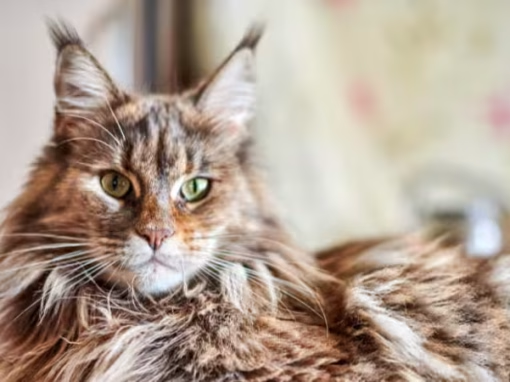Are you curious about how old your cat really is in human years? The concept of “cat years” has been around for a long time, but the truth is, calculating your feline friend’s true age isn’t as simple as counting the years. In this article, we will unlock the secret of cat years and help you understand how to accurately determine your cat’s age.
Unlike humans, cats age at a different rate. The popular belief that one cat year is equal to seven human years is actually a myth. Cats age quickly in the first few years of their lives, but then their aging process slows down. For example, a one-year-old cat is more equivalent to a teenager in human years, not a seven-year-old child.
To accurately calculate your cat’s age, it’s important to consider factors such as breed, genetics, and overall health. By understanding how to determine your cat’s true age, you can better cater to their specific needs, from nutrition to healthcare.
Join us as we delve into the fascinating world of cat aging and unravel the mystery of cat years. Whether your feline friend is a kitten or a senior, we’ll help you gain insight into their true age and provide valuable tips for their well-being.
The concept of cat years
Cats have always been a source of curiosity, and one aspect that intrigues many cat owners is the concept of cat years. While humans age at a relatively consistent rate, the aging process in cats is much more complex. Understanding the concept of cat years is crucial in order to properly care for your feline companion.
Why cat age is different from human age
The traditional belief that one cat year is equal to seven human years has been widely accepted for many years. However, recent research has shown that this calculation is far from accurate. Cats go through different stages of life at different rates, and their aging process is not linear like humans. Let’s explore why cat age is different from human age and how it affects our understanding of our feline friends’ true age.
The traditional cat age calculation
For many years, the traditional cat age calculation of one cat year equaling seven human years was the go-to method for determining a cat’s age. This simple calculation provided a rough estimate of a cat’s age based on the assumption that cats age seven times faster than humans. However, as we delve deeper into the science of cat aging, we discover that this calculation overlooks important factors that influence a cat’s aging process.
The new cat age calculation method
In recent years, researchers and veterinarians have developed a more accurate method for calculating a cat’s age. This new approach takes into account the different rates at which cats age during different stages of their lives. By considering factors such as breed, genetics, and overall health, we can now estimate a cat’s true age more effectively.
Factors that affect a cat’s aging process
Various factors can influence a cat’s aging process. Understanding these factors is essential for accurately determining a cat’s age and providing appropriate care. From genetics to lifestyle choices, let’s explore the key factors that affect a cat’s aging process and how they contribute to the overall health and well-being of our feline companions.
How to calculate your cat’s true age
Now that we understand why cat age is different from human age and the factors that affect a cat’s aging process, let’s explore how to accurately calculate your cat’s true age. By considering various factors and using the new cat age calculation method, you can determine your cat’s age more precisely and tailor their care accordingly.
Understanding the life stages of a cat
Cats go through different life stages, each with its own unique characteristics and needs. Understanding these life stages is crucial for providing appropriate care and ensuring the overall well-being of your cat. From kittenhood to senior years, let’s explore the different life stages of a cat and the specific needs associated with each stage.
Taking care of a cat at different life stages
As cats progress through different life stages, their care needs change. Providing the right care at each stage is essential for promoting optimal health and longevity. In this section, we will discuss the specific care requirements for cats at different life stages, including nutrition, exercise, grooming, and veterinary care.
Common age-related health issues in cats
As cats age, they become more susceptible to certain health issues. Understanding these age-related health issues is crucial for detecting and treating them early on, ensuring a higher quality of life for your feline companion. From dental problems to arthritis, we will explore the common age-related health issues that cats may face and provide tips for prevention and management.
Conclusion: Embracing your cat’s unique aging journey
In conclusion, the concept of cat years is a fascinating and complex subject. By understanding how to accurately calculate your cat’s true age and considering the factors that influence their aging process, you can provide the best possible care for your feline friend. Embrace your cat’s unique aging journey and cherish the moments you have together, ensuring their health and happiness throughout their lives.
Now that you have unlocked the secret of cat years, you are equipped with the knowledge to better understand and care for your feline companion. From determining their true age to catering to their specific needs at different life stages, you can provide the love and care they deserve. So, go ahead, enjoy the journey of cat ownership, and make every year count.
Remember, every cat is unique, and while age is an important factor, it does not define their entire existence. Cherish the moments you have with your feline friend, and embrace the joy they bring to your life. Happy cat years to you and your furry companion!



